Rhinos, the magnificent prehistoric-looking mammals that once roamed vast territories across Africa and Asia, now teeter on the brink of extinction. With only five species remaining—Black, White, Greater One-horned, Sumatran, and Javan—their numbers have plummeted alarmingly over the past century. The relentless pursuit of rhino horn, primarily for traditional medicine and status symbols, alongside habitat loss, has decimated their populations. However, hope remains as conservation efforts worldwide gain momentum. Each of us can contribute meaningfully to rhino conservation, regardless of where we live. This article explores ten impactful ways you can help protect these incredible creatures from extinction, providing them a fighting chance for survival in our rapidly changing world.
11. Support Legitimate Rhino Conservation Organizations
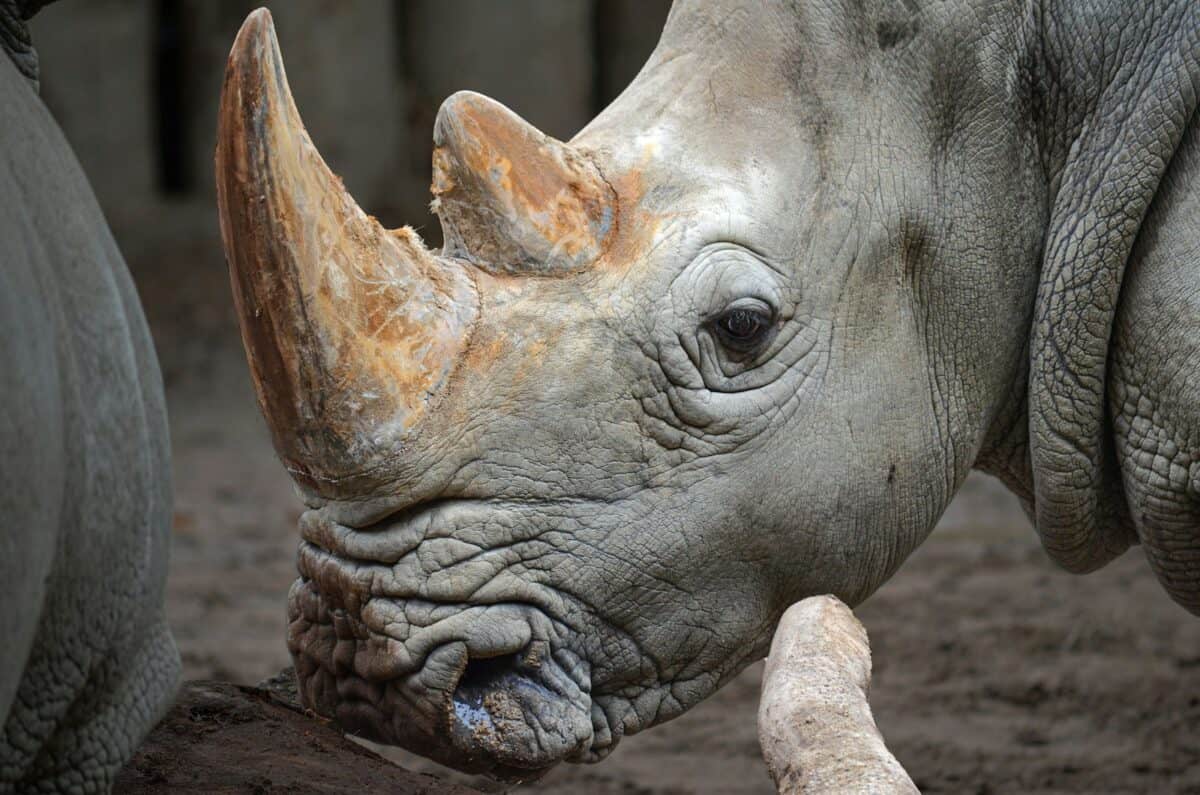
One of the most direct ways to help protect rhinos is by supporting reputable conservation organizations dedicated to their survival. Organizations like Save the Rhino International, World Wildlife Fund (WWF), and the International Rhino Foundation work tirelessly on the frontlines of rhino protection. These organizations fund anti-poaching units, habitat protection, community education, and cutting-edge research.
Before donating, research organizations to ensure your money will be used effectively. Look for transparency in how funds are allocated and measurable results from their conservation efforts. Even small, regular donations can make a significant difference when combined with contributions from other concerned individuals. Many organizations offer adoption programs where you can “adopt” a rhino, receiving updates about the animal’s progress while your donation supports broader conservation efforts.
10. Raise Awareness Through Social Media and Community Engagement

In today’s digital age, social media provides a powerful platform for raising awareness about rhino conservation. Share accurate, educational content about rhinos and the threats they face with your network. Follow and amplify the messages of conservation organizations, and participate in online campaigns that spotlight rhino protection. When posting, include relevant hashtags like #SaveTheRhino or #StopPoaching to reach wider audiences.
Beyond the digital realm, engage your local community through presentations at schools, community centers, or local events. Create or join conservation clubs that focus on endangered species protection. These grassroots efforts help build a broader base of support for rhino conservation and can inspire others to take action. Remember that education is a powerful tool in changing attitudes and behaviors that affect wildlife.
9. Travel Responsibly and Support Rhino Ecotourism

Ethical wildlife tourism can provide crucial financial support for rhino conservation while creating economic incentives for local communities to protect these animals. When planning travel to rhino habitats in Africa or Asia, choose tour operators and accommodations that demonstrably contribute to conservation efforts and employ local people. Responsible tourism operations often reinvest a portion of their profits into conservation projects and anti-poaching measures.
During wildlife viewing experiences, follow all guidelines provided by guides and park rangers. Maintain appropriate distances from rhinos, never feed them, and stay on designated paths or vehicles. The money spent on park entrance fees, guided tours, and local goods directly supports conservation infrastructure and provides alternatives to poaching for local communities. By visiting these areas and sharing your experiences, you also become an ambassador for rhino conservation.
8. Reject Products Made from Rhino Horn

Despite having no proven medicinal properties—rhino horn is primarily composed of keratin, the same protein found in human fingernails—rhino horn remains highly valued in some traditional medicine systems and as status symbols. The demand for these products drives poaching that threatens rhino survival. Take a firm stance by refusing to purchase any products containing rhino horn or other rhino parts, regardless of their purported benefits or cultural significance.
Beyond personal choices, help educate others about alternatives to traditional remedies that use rhino horn. Many effective plant-based and synthetic alternatives exist that don’t threaten endangered species. If traveling in countries where rhino products might be sold, report any suspicious items to local authorities or wildlife crime hotlines. By reducing demand for these products, we can significantly decrease the incentive for poaching.
7. Participate in Citizen Science Projects

Citizen science offers a hands-on way to contribute to rhino conservation efforts from anywhere in the world. Several conservation organizations run projects where volunteers help analyze camera trap footage, identify individual rhinos from photographs, or transcribe field notes. These contributions help researchers monitor rhino populations, track movement patterns, and understand behaviors—all crucial information for developing effective protection strategies.
Platforms like Zooniverse host wildlife conservation projects that anyone with internet access can join. For those living near zoos with rhino conservation programs, inquire about volunteer opportunities that might include data collection or public education. Even if your contribution seems small, the collective effort of citizen scientists provides valuable data that would be impossible for small research teams to gather alone.
6. Advocate for Stronger Wildlife Protection Policies

Political advocacy plays a vital role in creating stronger frameworks for rhino protection. Contact your elected representatives to express support for wildlife conservation funding, both domestically and internationally. Urge your government to support international agreements like the Convention on International Trade in Endangered Species of Wild Fauna and Flora (CITES), which regulates wildlife trade and provides protections for endangered species like rhinos.
Sign and share legitimate petitions that call for stronger anti-poaching measures, increased penalties for wildlife trafficking, and greater investment in conservation. When countries with rhino populations hold elections, research candidates’ positions on wildlife conservation. Support organizations that lobby for conservation-friendly policies and increased funding for protected areas. Political will is essential for implementing effective conservation measures, and public pressure can significantly influence policy decisions.
5. Support Local Communities in Rhino Habitats

Successful rhino conservation depends heavily on the cooperation and support of communities living near rhino habitats. When local people benefit economically from rhino conservation, they become powerful allies in protection efforts. Look for organizations that implement community-based conservation models, which create sustainable livelihoods through conservation-related employment, revenue-sharing from tourism, or development of alternative income sources.
Programs that provide educational opportunities, healthcare improvements, or infrastructure development in exchange for conservation commitments have shown remarkable success. By supporting these integrated approaches, you help address the underlying socioeconomic factors that can drive poaching. Organizations like the Rhino Conservation Botswana and the Black Mambas Anti-Poaching Unit exemplify how community involvement creates more sustainable and effective conservation outcomes.
4. Reduce Your Carbon Footprint to Protect Rhino Habitats
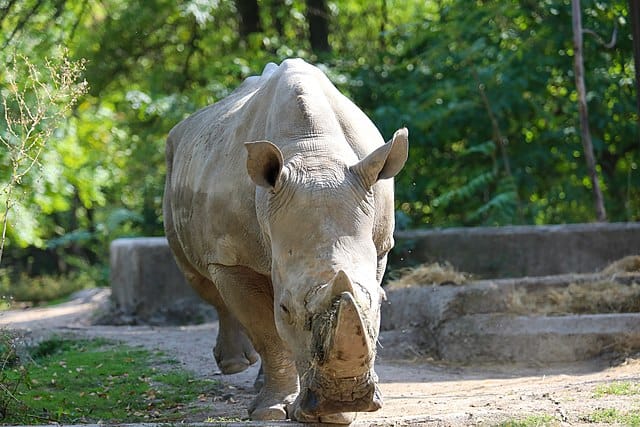
Climate change poses an increasing threat to rhino habitats through altered rainfall patterns, more frequent droughts, and changing vegetation. By reducing your carbon footprint, you contribute to mitigating these effects. Simple actions like reducing energy consumption, driving less, eating more plant-based foods, and minimizing waste all help reduce greenhouse gas emissions that drive climate change.
Consider offsetting your unavoidable carbon emissions by supporting verified reforestation or renewable energy projects, particularly those in countries with rhino populations. Organizations like Wildlife Works offer carbon credits that fund conservation and community development in wildlife-rich areas. By addressing climate change, you’re helping preserve the ecosystems that rhinos depend on for food, water, and shelter—essential components of their long-term survival.
3. Educate the Next Generation About Rhino Conservation
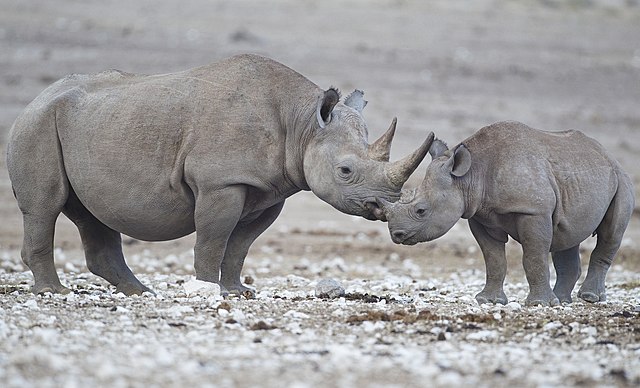
Children who develop an early appreciation for wildlife and understand conservation challenges are more likely to become advocates for endangered species protection as adults. Introduce young people to rhinos through age-appropriate books, documentaries, zoo visits, and educational websites. Many conservation organizations offer specially designed educational resources for children and teenagers that explain complex conservation issues in accessible ways.
Encourage schools to incorporate conservation education into their curriculum. Offer to give presentations about rhinos and their conservation challenges, or arrange for conservation professionals to speak to students. Support programs that connect children with nature and wildlife, whether through field trips, wildlife clubs, or virtual experiences. By inspiring the next generation to value biodiversity and understand threats to species like rhinos, you’re investing in long-term conservation success.
2. Use Your Professional Skills for Conservation
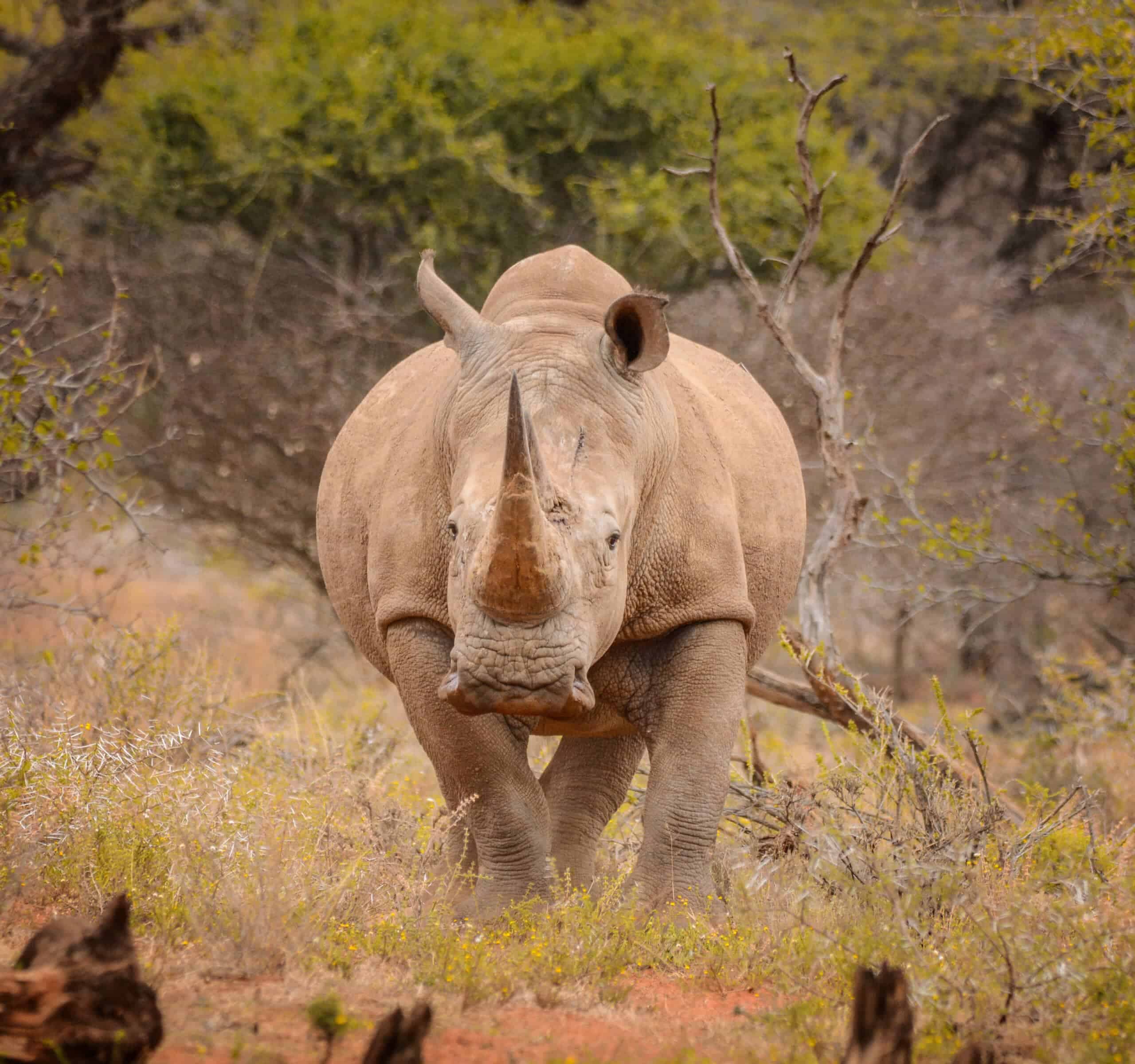
Whatever your profession or skills, you likely have something valuable to offer rhino conservation efforts. Lawyers can provide pro bono services to conservation organizations or work on wildlife protection legislation. Marketing professionals can help conservation groups craft compelling campaigns. IT specialists can develop tools for tracking rhinos or monitoring protected areas. Educators can create conservation curriculum materials, while healthcare professionals might volunteer with programs that provide services to communities in exchange for conservation commitments.
Contact conservation organizations directly to inquire about specific needs matching your skill set. Many welcome professional volunteers who can address particular challenges. Some organizations also offer skilled volunteer placements, where you might spend time in the field contributing your expertise. By leveraging your unique abilities, you provide valuable services that conservation organizations might otherwise be unable to afford, multiplying your impact beyond financial contributions.
1. Participate in World Rhino Day Events
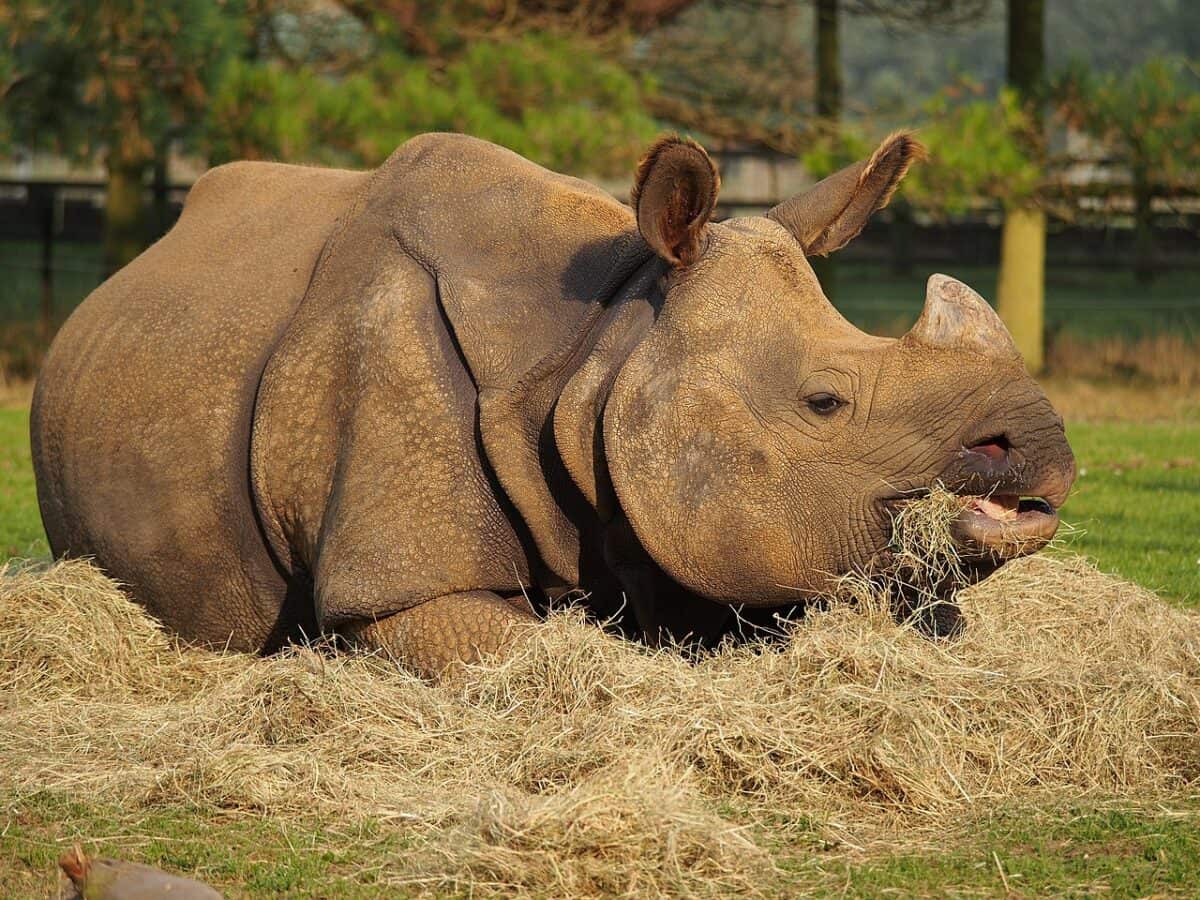
World Rhino Day, celebrated annually on September 22nd, provides a focused opportunity to participate in rhino conservation awareness. Events range from fundraisers and educational programs at zoos to online campaigns and community activities. Mark this day on your calendar and look for events in your area, or consider organizing one yourself. These events create valuable publicity for rhino conservation and often raise significant funds for protection efforts.
If organizing an event feels overwhelming, simply sharing information about World Rhino Day on social media or wearing rhino-themed apparel can spark conversations about conservation. Many conservation organizations create special content and campaigns around this day that you can amplify. The collective global focus on rhinos during World Rhino Day helps maintain public attention on their plight and reminds us all that their protection requires ongoing commitment.
Conclusion: The Future of Rhinos Depends on Collective Action
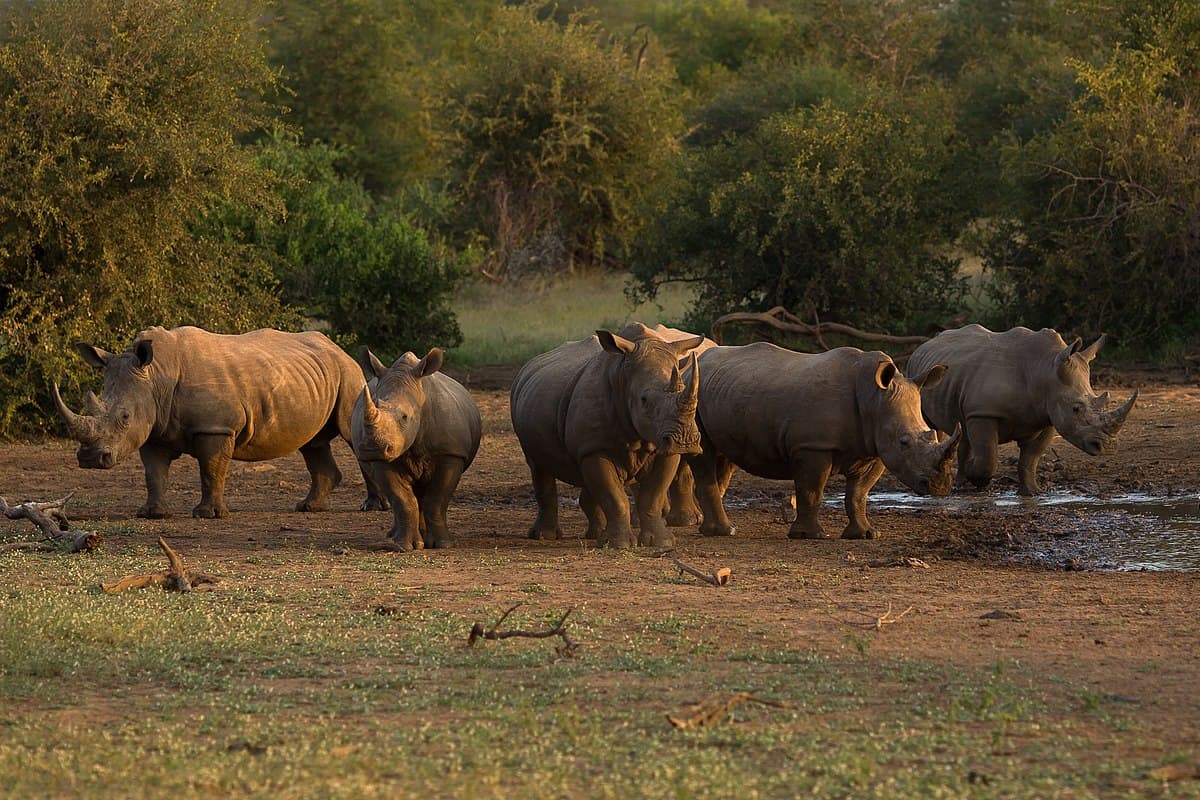
The fate of rhinos hangs in a precarious balance, with every individual action tipping the scales toward either extinction or recovery. Despite the daunting challenges rhinos face, success stories like the southern white rhino—brought back from fewer than 50 individuals to over 20,000 today—prove that dedicated conservation efforts can reverse seemingly hopeless situations. This remarkable recovery demonstrates what’s possible when governments, conservation organizations, local communities, and concerned individuals worldwide work together with unwavering commitment.
Your contribution to rhino conservation, whether through financial support, advocacy, education, or direct action, forms part of a global movement that gives these magnificent animals a fighting chance. By implementing even a few of the suggested actions in this article, you join thousands of others working to ensure that future generations will know rhinos as thriving species rather than extinct ones. Remember that conservation is a marathon, not a sprint—consistent, long-term engagement creates the sustainable change needed to protect rhinos for generations to come.
- 10 American Rivers Where You Should Never Swim - August 23, 2025
- 13 Surprising Animals Thriving in Urban America - August 23, 2025
- 13 Common Birdwatching Mistakes and How to Fix Them - August 23, 2025

